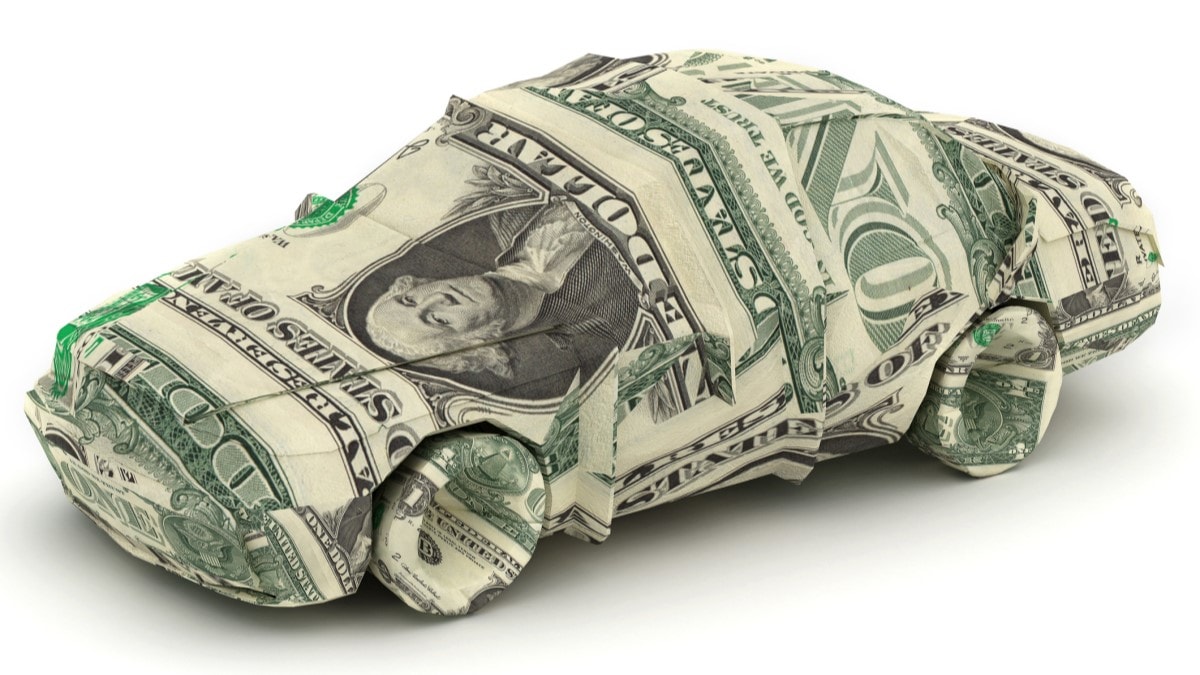The Federal Reserve kept its benchmark interest rate unchanged at its first meeting of the year, ending months of rate cuts. The news comes as auto loan rates have begun to rise, threatening a credit market that had been improving for car shoppers.
According to Kelley Blue Book parent company Cox Automotive, the volume-weighted average new auto loan interest rate is up 61 basis points to 9.25% from a low of 8.64% in December.
Explaining the Fed
The Federal Open Market Committee of the U.S. Federal Reserve, commonly called “the Fed,” is a committee of financial experts appointed by the president and approved by Congress. Once Fed members are in their seats for 14-year terms, they have complete independence and don’t answer to any branch of government.
Related: Is Now The Time to Buy, Sell, or Trade-in a Car?
The Fed sets the interest rate for overnight loans between banks. Banks then use that rate to decide what interest rate to charge for credit cards and loans.
The Fed kept rates at a two-decade high for much of 2024, attempting to slow inflation. That meant many middle-income Americans struggled to afford big-ticket purchases like homes and cars.
The board finally began cutting rates in September, helping to unleash a late-year car sales rally.
By late December, lenders had begun approving more loans, and the rate Americans paid to borrow was falling.
When the Fed changes rates, it often projects its plans. The board had spent much of 2024 predicting steady rate cuts in 2025. But, by the end of the year, those plans had changed. The board began projecting fewer cuts and used its first meeting of 2025 to hold rates steady.
Related: Can I Afford a Car in 2025?
Murky Politics Mean a Cautious Fed
A new presidential administration may have the Fed moving cautiously, says Cox Automotive Chief Economist Jonathan Smoke.
“The Fed has communicated that it intends to be data-driven, but they have few new facts on detailed policy changes and little new data indicating much change in trends in the economy, labor market, or inflation,” Smoke explains. “The Fed remains poised to see what unfolds.”
He adds, “Many economists and market analysts believe that President Trump’s priorities could lead to increasing inflation if enacted, but we are likely months away from seeing substantial changes affecting the economy.”
For shoppers, that could mean a reason to move quickly.
“It is no longer the case that waiting to buy could produce a better deal or better payment,” Smoke notes. “While the rate direction is uncertain, I suspect that the next few months could see the best rates for the year.”
Next week could see a major wrench thrown into the car market if Trump follows through on threats to enact a 25% tariff on Mexico and Canada, which could add $3,000 to the price of the average new car.
However, the tariff threat could lead to negotiations that might see any action end quickly.
In addition, Smoke points out, “Tax refund season began this week, and tax refunds typically lead to improving loan performance AND increased demand for vehicles.” The Fed makes its next decision in mid-March, he says, and “the rate direction should be clearer by then.”








